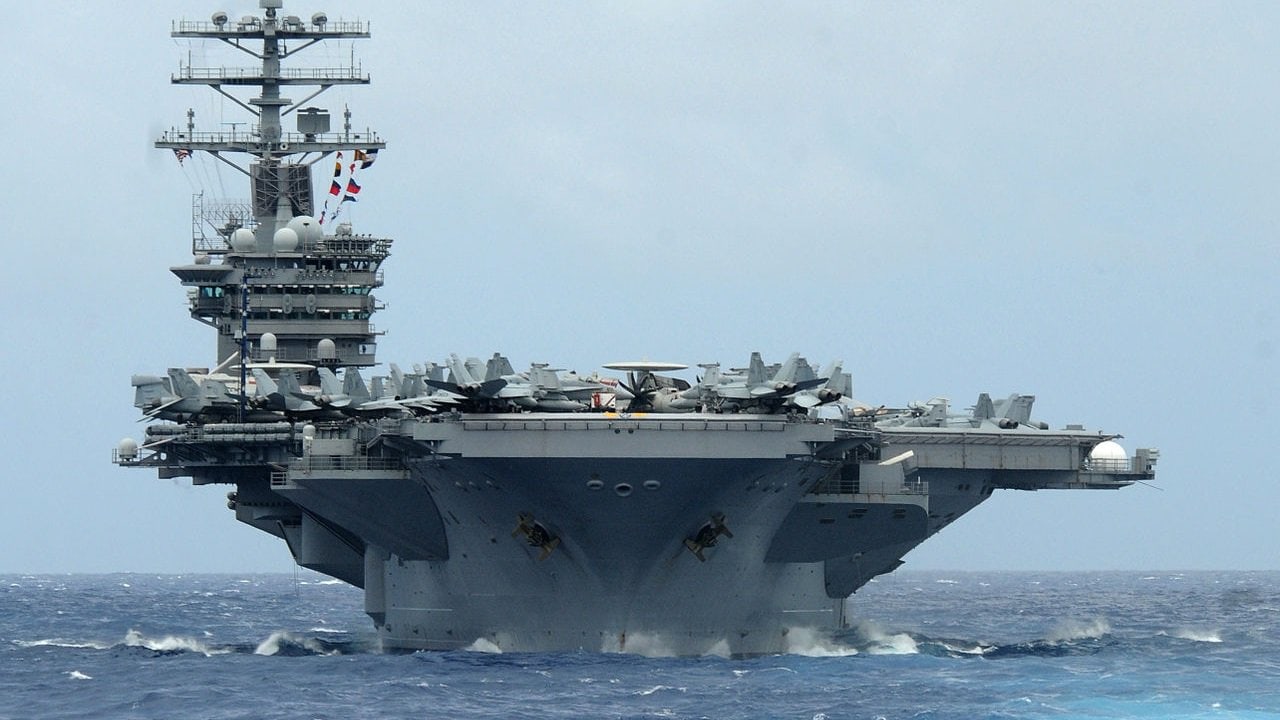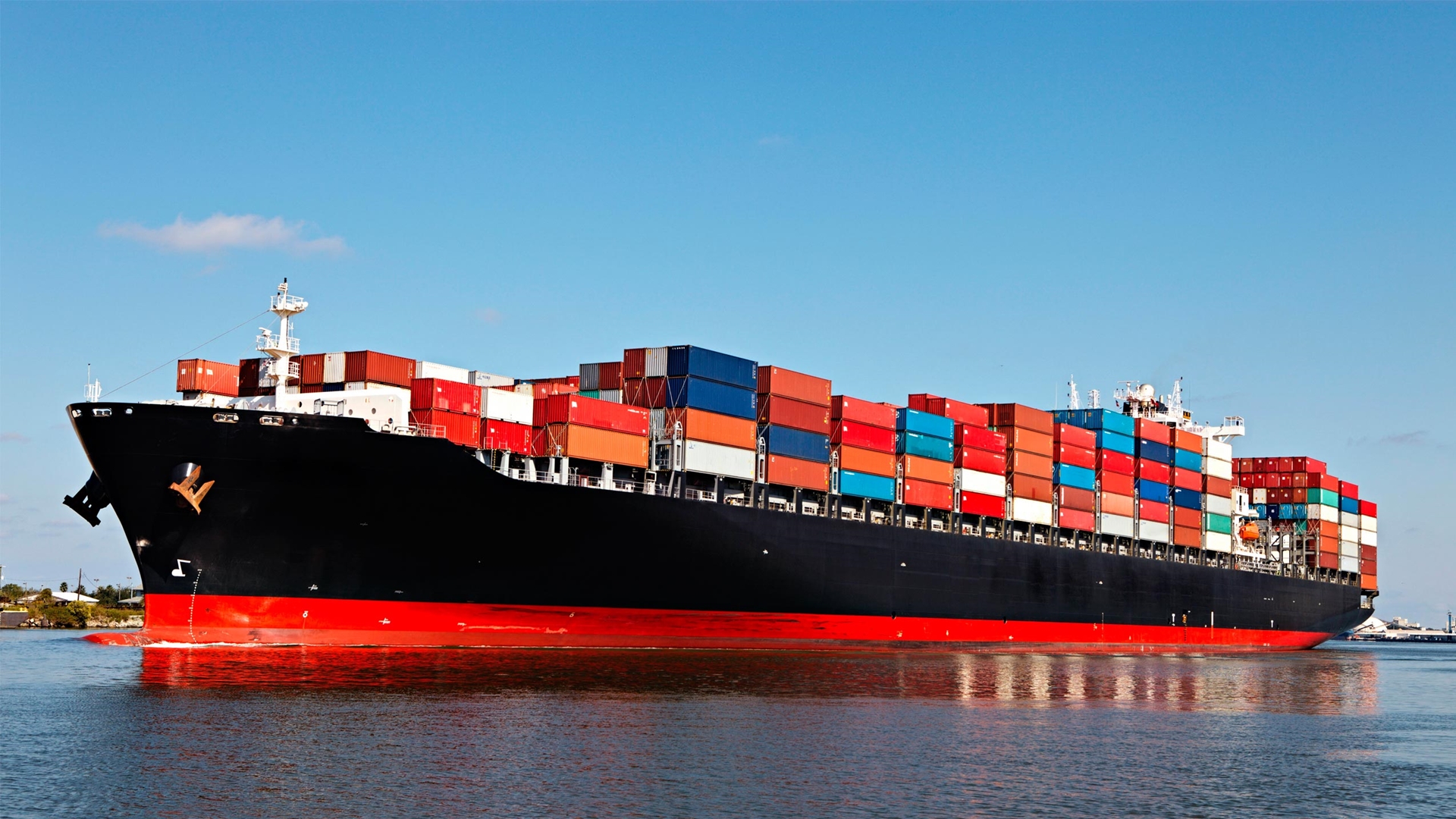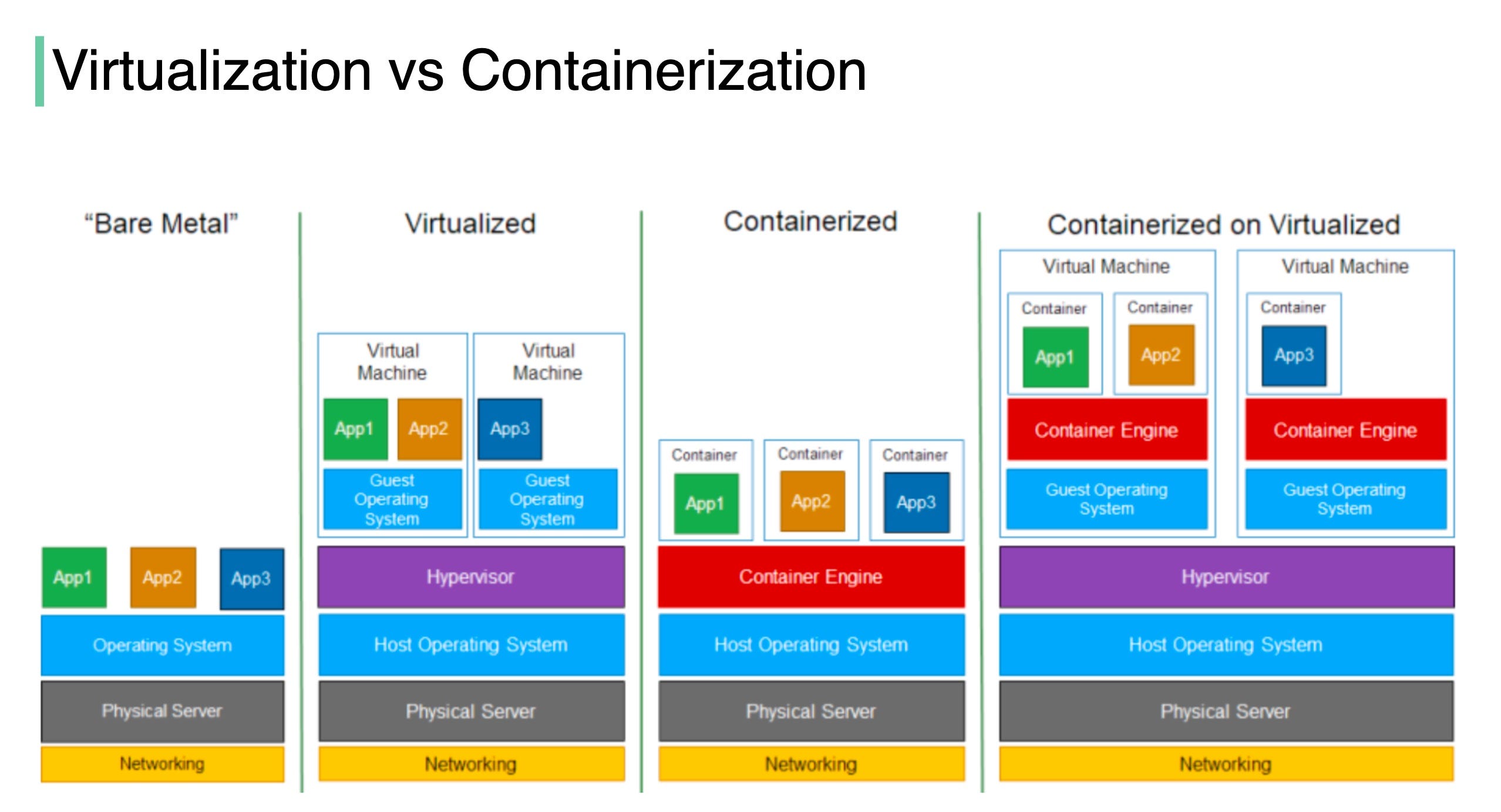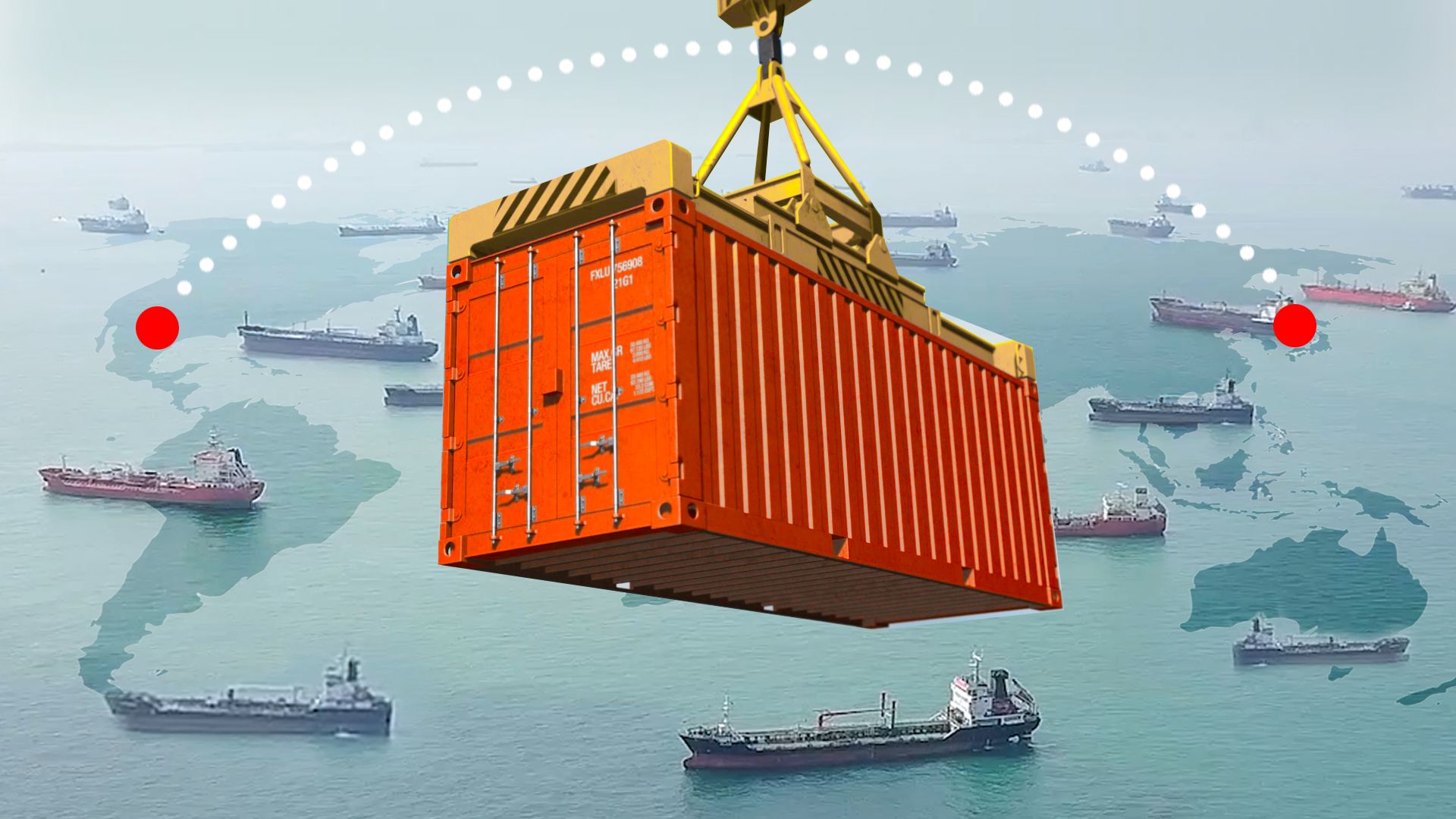An aircraft carrier is a warship that serves as a seagoing airbase, equipped with a full-length flight deck and hangar facilities for supporting, arming, deploying, and recovering shipborne aircraft.12 It is a symbol of naval power and a crucial component of many navies around the world.3
Key Features of an Aircraft Carrier:
- Flight Deck: A long, flat deck where aircraft take off and land.4
- Hangar Deck: A large, enclosed space below the flight deck for storing and maintaining aircraft.5
- Catapult: A powerful mechanism that launches aircraft from the deck.6
- Arrestor Wires: Cables stretched across the flight deck to help aircraft land safely.7
- Island: A superstructure that houses the ship’s bridge, control rooms, and other facilities.8
Types of Aircraft Carriers
- Fleet Carriers: Large, powerful carriers capable of operating with a fleet of aircraft.9
- Light Carriers: Smaller carriers with limited aircraft capacity, often used for escort duties or specialized missions.10
- Helicopter Carriers: Designed primarily to operate helicopters, used for anti-submarine warfare and search and rescue missions.
The Role of Aircraft Carriers
Aircraft carriers play a crucial role in naval warfare and power projection.11 They can project air power far beyond their home shores, providing air superiority and strike capabilities.12 They are also used for humanitarian missions, disaster relief, and peacekeeping operations.13
The United States Navy operates the largest and most powerful fleet of aircraft carriers in the world, with ships like the Nimitz-class and Gerald R. Ford-class carriers.14 These massive vessels are capable of carrying a wide range of aircraft, including fighter jets, bombers, and helicopters.15
As technology continues to advance, aircraft carriers are becoming increasingly sophisticated and capable. They remain a vital asset for many navies and will continue to shape the future of naval warfare.





